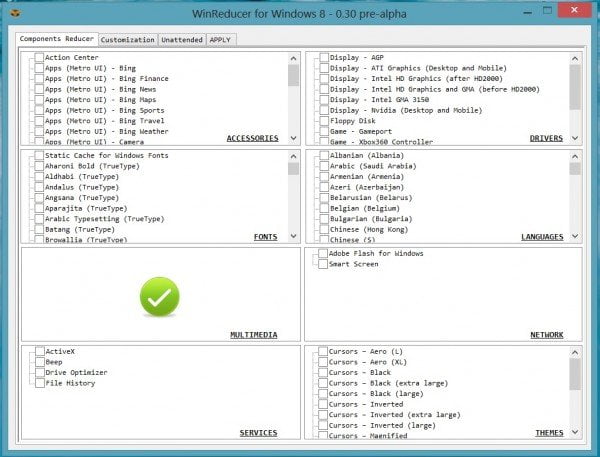

Get your Windows 10 ISO and import it into MDT. The important thing is to make a list of the customizations that you want to include in your image, so that you can make sure to implement those customizations before running Sysprep./u/fredenocs has it right. The techniques discussed in this article are not an exhaustive discussion of the customizations that you can make, nor are these techniques the only way to get the job done. Microsoft provides countless options for customizing a Windows operating system prior to creating a system image.

The shut down option will need to be set to Shutdown in order to prevent the system from booting into the Out of Box Experience before you have a chance to create a system image. This time, you will need to select the option to Enter System Out of Box Experience (OOBE), and you will need to select the Generalize check box. When you finish customizing Windows, you can move forward with sysprepping the system. The custom support information is listed on the Settings screen. The support information that you provide will appear on the Settings screen, as shown in the next figure.
#CREATE CUSTOM WINDOWS 10 ISO SERIES#
You can create a series of string values referencing your logo, and providing support information. You can see what these values look like in the figure below. You will then need to create a series of string values within the OEMInformation folder. With that said, create a new key called OEMInformation. As always, you should exercise care when editing the registry since making a mistake can destroy Windows. Next, open the Registry Editor and navigate to HKEY_LOCAL_MACHINE\SOFTWARE\Microsoft\Windows\CurrentVersion. BMP format and must be 96 x 96 pixels in size. You must then place your corporate logo into this folder. To do so, you will need to go to the C:\Windows folder, and create a sub-folder named OEM. If you purchase PCs from some of the more well known manufacturers, the manufacturer will brand Windows with their own logo and their own tech support information, but you can insert your organization’s own logo and the contact information for the help desk instead. One more thing that you might consider doing as a part of the image creation process is to customize the operating system’s logo and the OEM information. Sysprep is also automatically loaded when the system boots to the Windows 10 desktop. Audit Model looks exactly like a normal Windows 10 session, but the login prompt is bypassed, and an automatic login is performed using the built-in Administrator account. Make sure that the Shutdown Options drop down menu is set to Reboot, and click OK.Īfter a brief delay, the system will reboot into Audit Mode.

Since the goal is to build a custom deployment image, and we haven’t performed any customizations yet, you should choose the option to Enter System Audit Mode. The first of these drop down lists is the System Cleanup Action. You can see what this interface looks like in the figure below.Īs you look at the figure above, you will see that it contains two drop down lists. Although you can run this utility from the command line, Sysprep also has a GUI interface. Once the Windows installation has been brought up to date, navigate to c:\Windows\system32\sysprep and run Sysprep.exe. It is worth noting however, that Sysprep is only intended to be run from a clean Windows deployment, and should not be used on a system that has been upgraded from an earlier Windows version.īefore you use Sysprep to build a custom deployment image, it is a good idea to make sure that all of the latest Windows 10 updates have been installed. Some of the earlier the copy of SYSPREP that was included with some of the earlier Windows 10 builds had trouble dealing with the built-in modern applications, but Microsoft does seem to have worked out the kinks. This is especially true for virtual desktops, because operating system clutter consumes server level resources.įor many years, the tool of choice for preparing an operating system for duplication has been Microsoft’s SYSPREP utility. For organizations that deploy Windows 10 from an image file, there are often advantages to removing the unwanted clutter from Windows 10 images. Depending upon the source of the Windows 10 installation media, a default installation might include things like apps for news, weather, and sports, and even advertisements for Office 365. A default Windows 10 installation can include a lot of extra baggage.


 0 kommentar(er)
0 kommentar(er)
